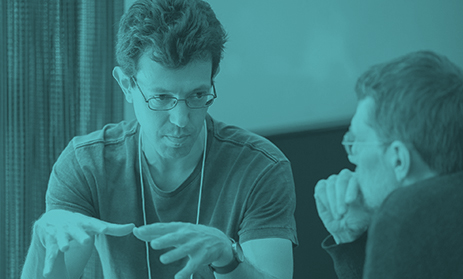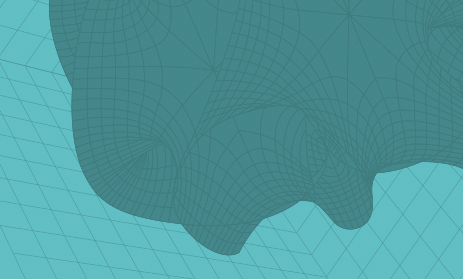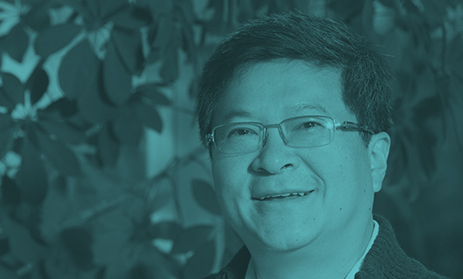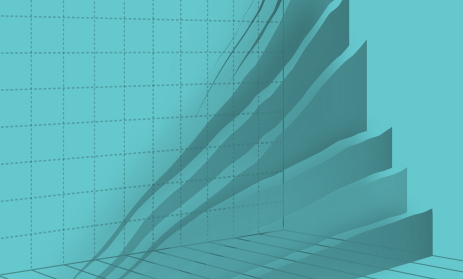
Maarten de Hoop
Mathematics is vital to solving problems in many fields of science. Conversely, innovations in those fields may also spur the development of new mathematics. The Simons Foundation's Math+X program supports researchers working at the interface of mathematics and other fields, especially when their work has the potential to benefit both fields.
Half of a Math+X grant goes to a math department and half goes to another department (or departments) at the researcher's university, but the program is flexible and different awardees have chosen to use the funding in different ways. Math+X has so far created four endowed chairs at universities.
Michael Weinstein, professor of mathematics and of applied mathematics at Columbia University, recently received the foundation's first Math+X Investigator award.
In July, Math+X Chair Maarten de Hoop joined Rice University in Houston, Texas, as the Simons Chair in Computational and Applied Mathematics and Earth
Science. De Hoop's work has three major components: analysis of inverse problems, particularly as they relate to seismology; development of fast and
massively parallel algorithms that will work on seismic and geophysical data; and deep learning techniques from both points of view. "These are three
pillars of the program," he says. "In the middle sits the solid Earth." Geophysics is littered with inverse problems, in which researchers use empirical
observations to understand phenomena that cannot be directly observed. De Hoop works on inverse problems related to several different aspects of geology,
geodynamics, mineral physics and seismology, including earthquake detection, thermochemical convection and phase transitions in the mantle, and inner-core
dynamics. One cannot examine the geomaterial properties of the Earth directly — except by sampling a shallow sliver of its crust — so one must infer them
from remote measurements taken on the surface or in space. Determining these properties, he says, gives insight into the physics and
dynamics of
the Earth.
Rice's location in Houston has led to opportunities to work with energy companies. For these companies, the appeal of de Hoop's work is clear: Finding hydrocarbons, understanding the structures of reservoirs and optimizing production are all inverse problems. "The techniques we are developing can work not only at a planetary scale, but in exploration as well," de Hoop says. In addition to having this obvious use, though, his work can also help the industry understand when its actions may harm others, and how to minimize or mitigate that harm. For example, when an oil field has been used for several decades, it affects the earth around it, and there may be seismic consequences. Can companies do anything that will protect neighboring communities?
De Hoop's work in algorithms and data analysis is applicable not only to Earth science, though. His work could have applications to any number of data-heavy questions in medicine, particularly in imaging and machine learning. He has begun to explore such uses already at Texas Medical Center, across the street from the Rice campus.
Math+X support allows de Hoop to create a unique research group that spans departments. He supervises Ph.D. students in the computational and applied mathematics and Earth science departments and the applied physics program at Rice, coordinates a geomathematics seminar and is developing a sequence of graduate courses on geomathematics. Without Math+X, it would be difficult for any school to support such a concentration of research in one specialized interdisciplinary topic. "It is a vital opportunity to really get some breakthroughs in the frontier of unraveling Earth's interior," he says.
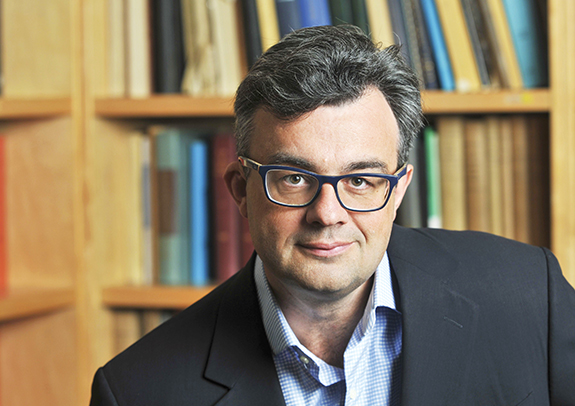
"There is a new appreciation by everyone for what mathematics can do."
-Emmanuel Candès
Emmanuel Candès, who began as a Math+X chair at Stanford University in 2012, takes a different approach. With a leadership committee of professors from different departments at Stanford, he has helped to support a variety of interdisciplinary projects. Every year, the committee selects several graduate students and postdocs whose work uses mathematical ideas, and funds their research. Over the years, Candès' Math+X grant has funded projects in everything from quantum physics to neuroscience.
Candès himself works on various problems in applied mathematics.
"I am mostly a theoretician," he says. "I import into the world of theory problems
that come from the outside. If I do anything that is any good, I export my theory and the tools I develop in response to these problems."
Recently, Candès has been concerned with reproducibility in scientific research. Several studies trying to reproduce the results of experiments, particularly in biomedical fields, have found that only a small portion of them can be replicated. There are a few reasons for this problem, but Candès says one of them is a shift in how scientific research is conducted. Before computers could collect and process data as efficiently as they can now, science followed the scientific method: Make a hypothesis, develop an experiment to test it, conduct the experiment. "We've turned things a bit upside down," says Candès. "Now people have large datasets available prior to formulation of scientific theories. They go out and mine these datasets in search of phenomena." Because standard statistical methods are not designed for this kind of data mining, many reported results do not pan out. Candès and his collaborators and students have been working on developing new statistical methods to address this crucial issue.
Candès also works on the mathematics of sparsity and signal processing. Often, it is just too expensive or time-consuming to acquire a complete multidimensional dataset. Candès has designed new sensing protocols so that all the important information is captured in a relatively small number of measurements. Demonstrated success includes the speeding up of magnetic resonance imaging scans.
Candès says Math+X has had a clear and positive impact on the Stanford math department and the other departments involved. Not only has the award allowed them to hire several outstanding applied and computational mathematicians, but it has also affected the culture of the department. "Math+X has helped the math department connect with people in other disciplines," he says. "There is a new appreciation by everyone for what mathematics can do."



